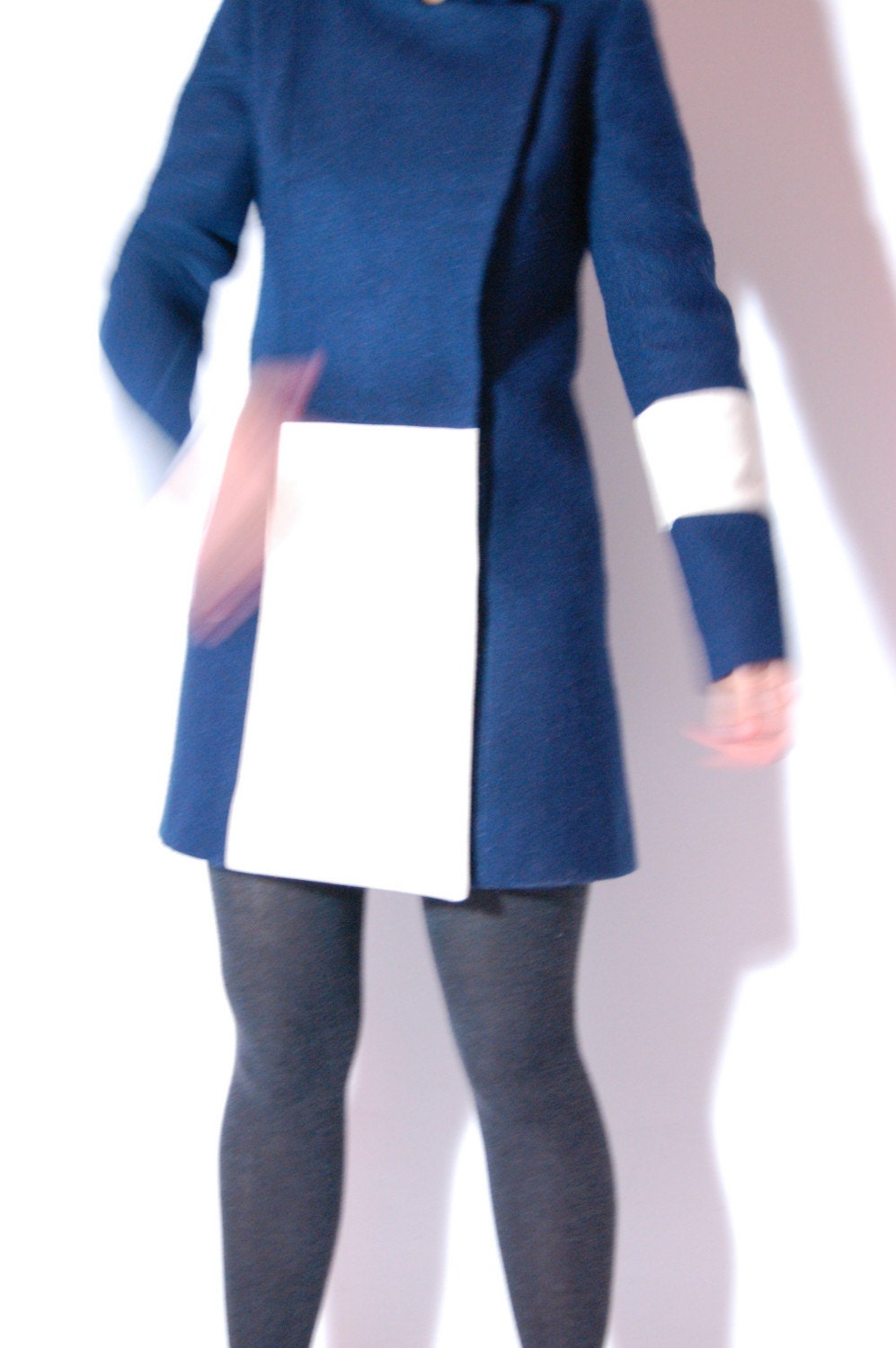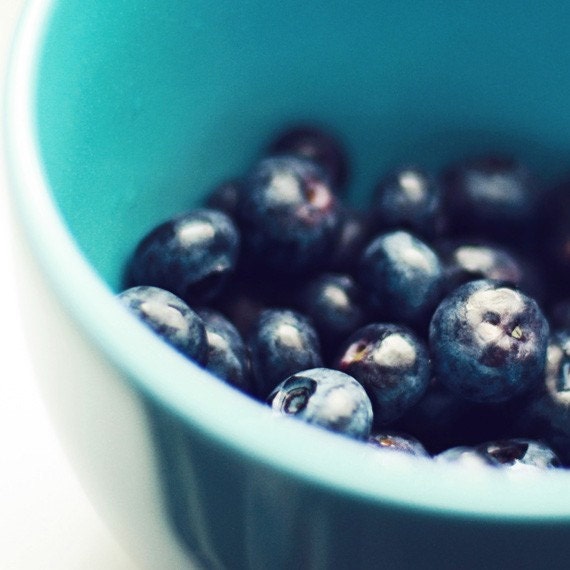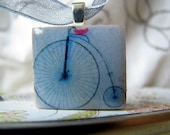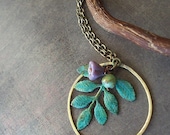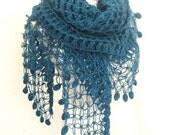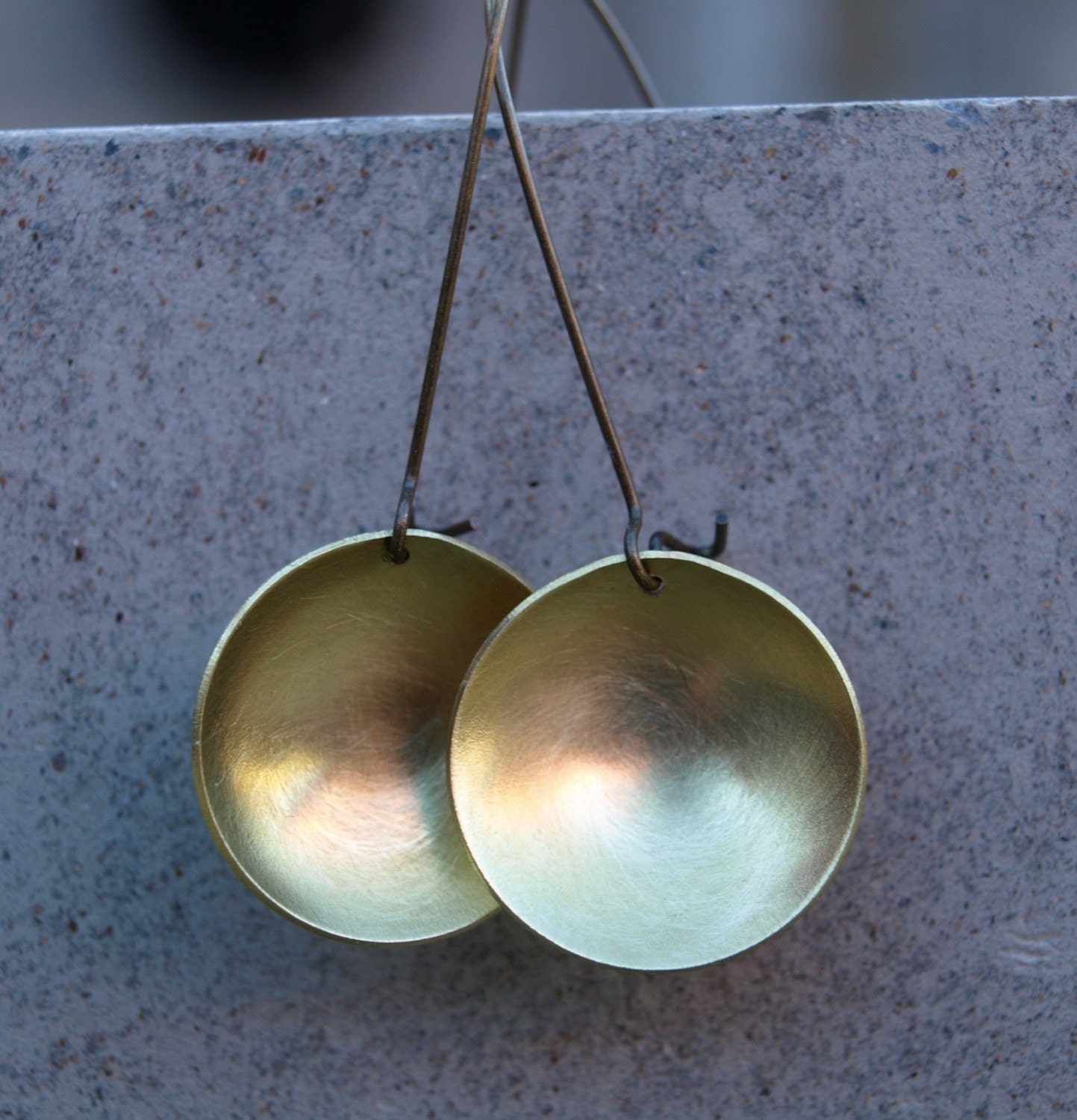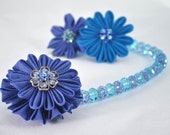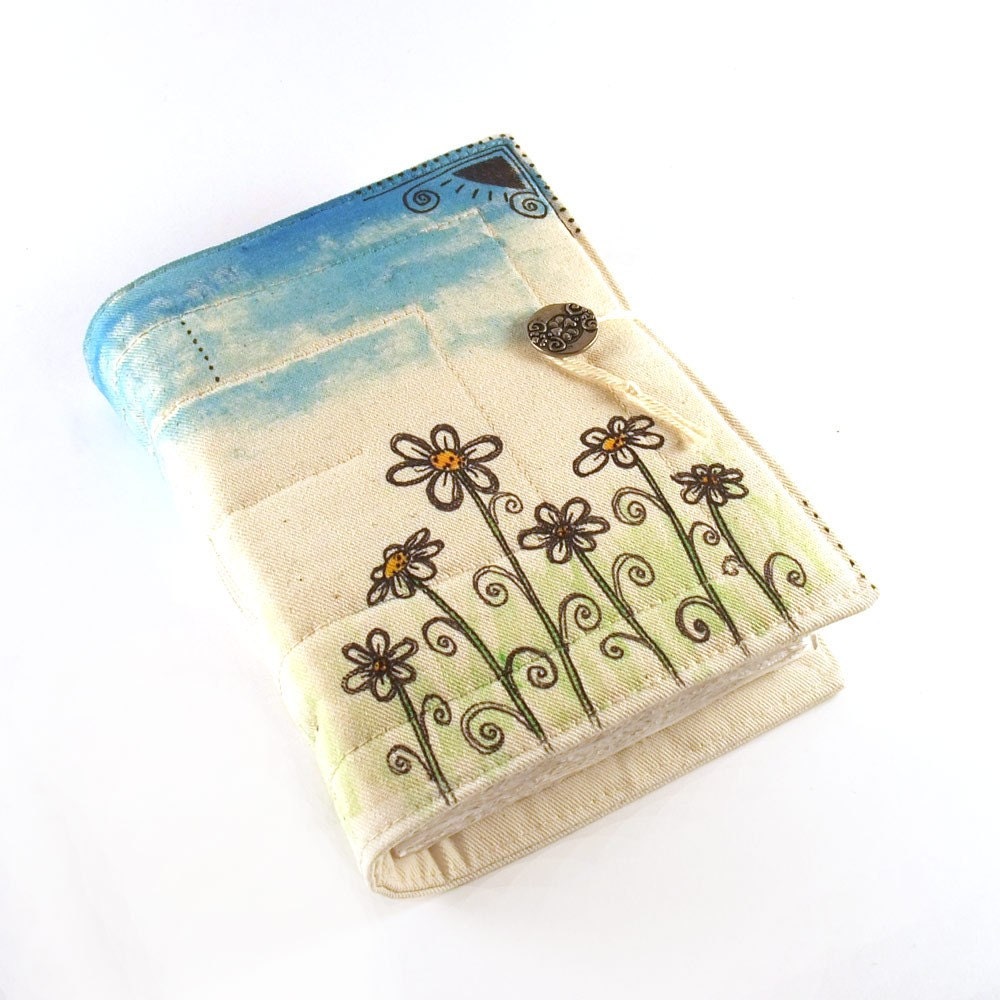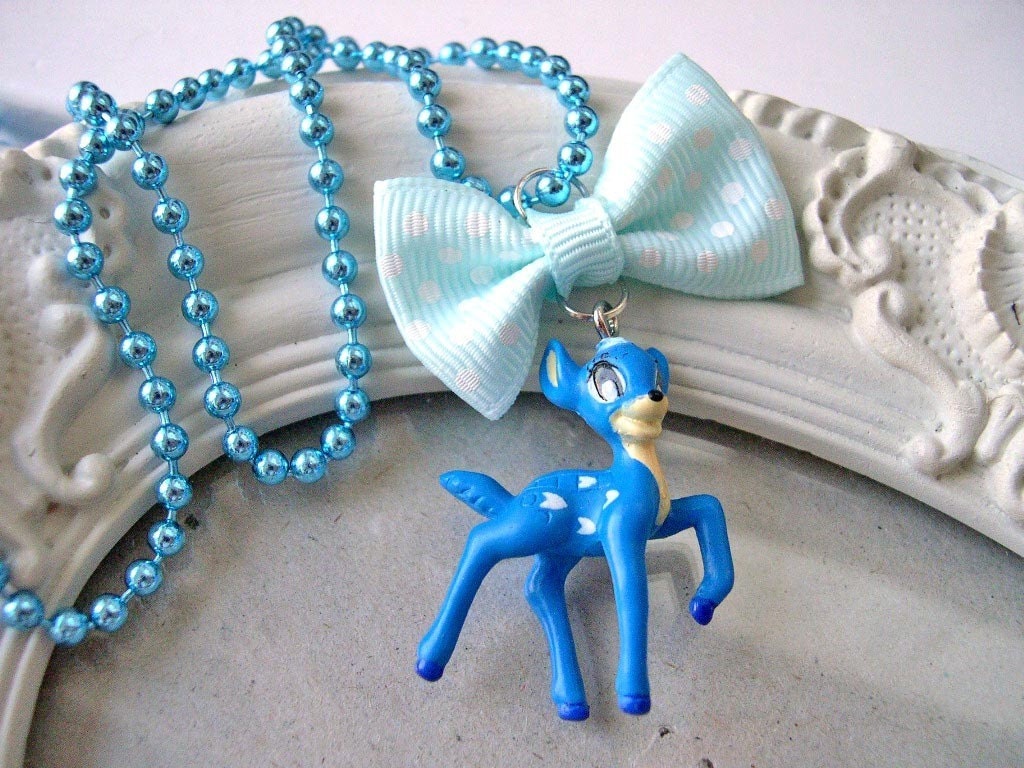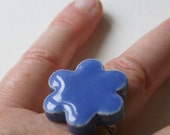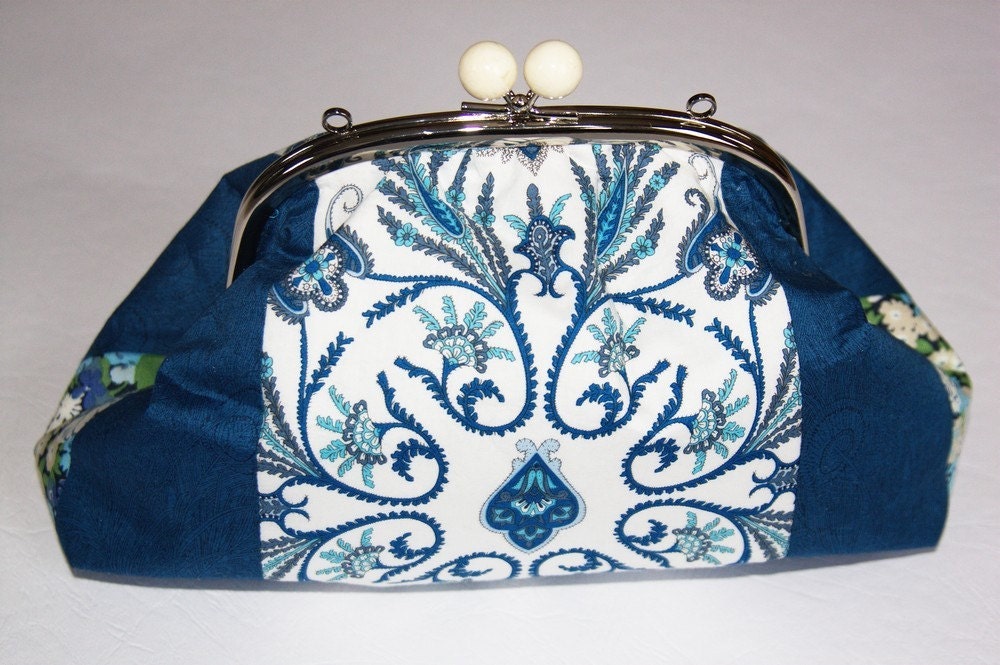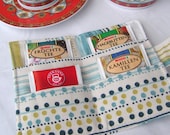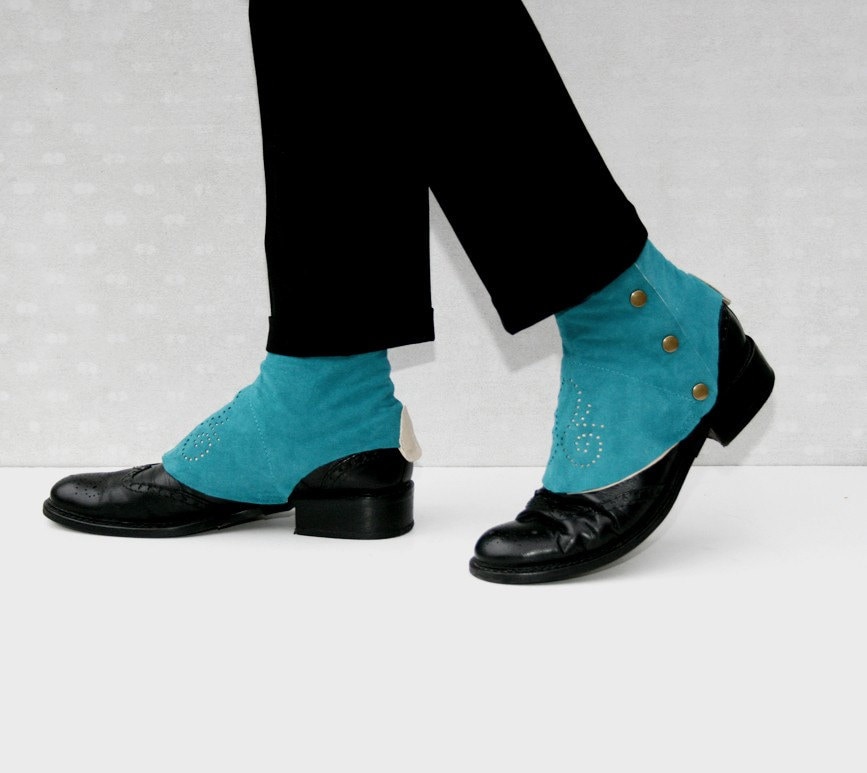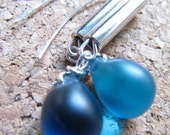A while ago I bought Lisa Lam's "Bag making Bible".
This is a brilliant book, but you have to get used to it.
You are constantly redirected to another page; which is disturbing at first.
I fell in love with the Fashionista Bag.
I ordered the same Harris Tweed fabric. This arrived within a week, together with labels.
First, I cut the fabric and interfacing pieces.
The tweed fabric has a pattern of squares and lines.
Make shure to position the pattern pieces on the exterior fabric in such a way that the lines of the flap and main body pattern match.
I also interfaced the lining fabric and the zip pocket.
This is not mentioned in the book, but if you look at the pictures, it has been done. I left out the fleece for the lining.
Then, I made the shoulder strap and shoulder strap loops.
The loops are easy to make and clearly explained on p.102-103:
The shoulder strap took some time before it was like I wanted it.
The tweed is a thick fabric and for this strap you get different layers on top of each other.
First, you have the small shoulder strap chain loops:
These are positioned at the short side , between the 2 halves of the shoulder strap.
This is what you will have to stitch together. My sewing machine protested.
I took the stitches out a few times and broke a needle.
Always use jeans sewing needles for this heavy fabric.
In the end I was pleased with the result:
Then came the piped handle.
If you follow the steps on p.103 and then p.108-109 it is not difficult.
I only didn't manage to fold the fabric nicely down inside the pipe, like Lisa's picture shows.
Also, the suggested 5 mm (inside diameter) flexi-tube didn't fit. At our local DIY shop I found many sizes of Flexi-tube. A 4 mm tube fitted perfectly.
Next, I made the bag lining and inserted the zip pocket.
More about that in my next post.
Kristien

